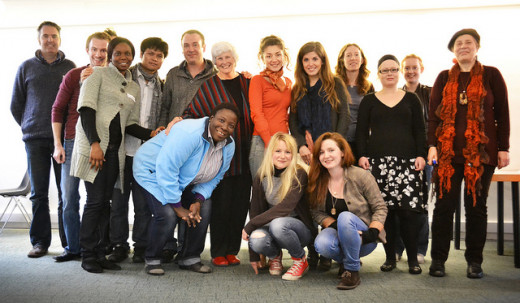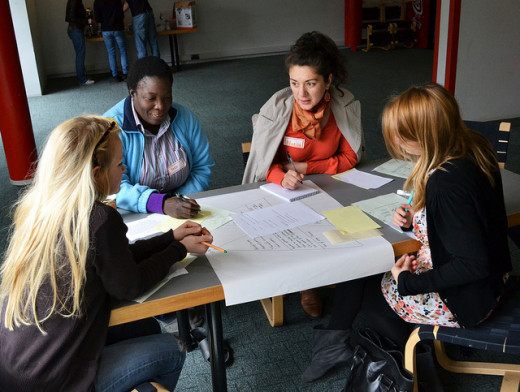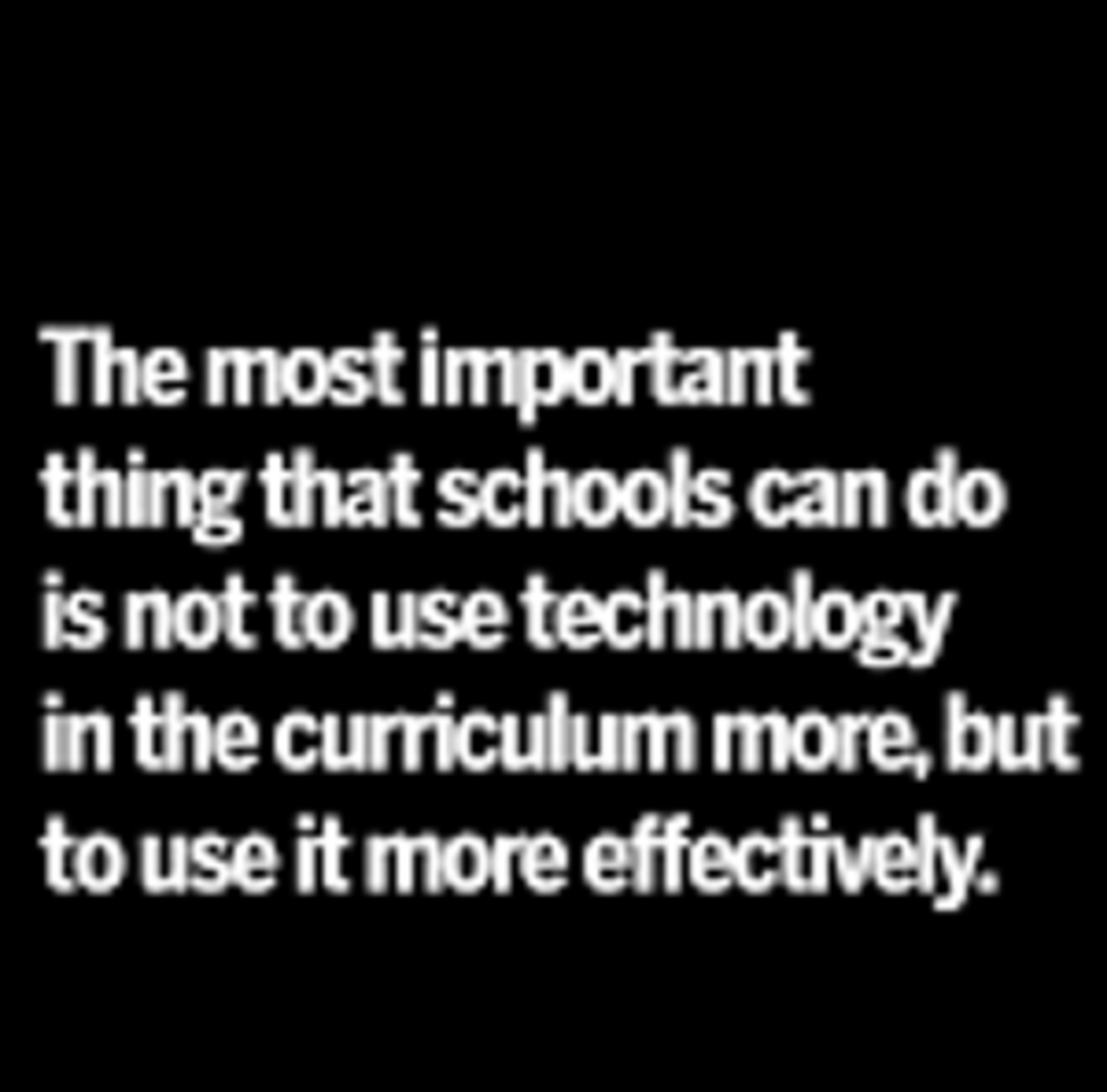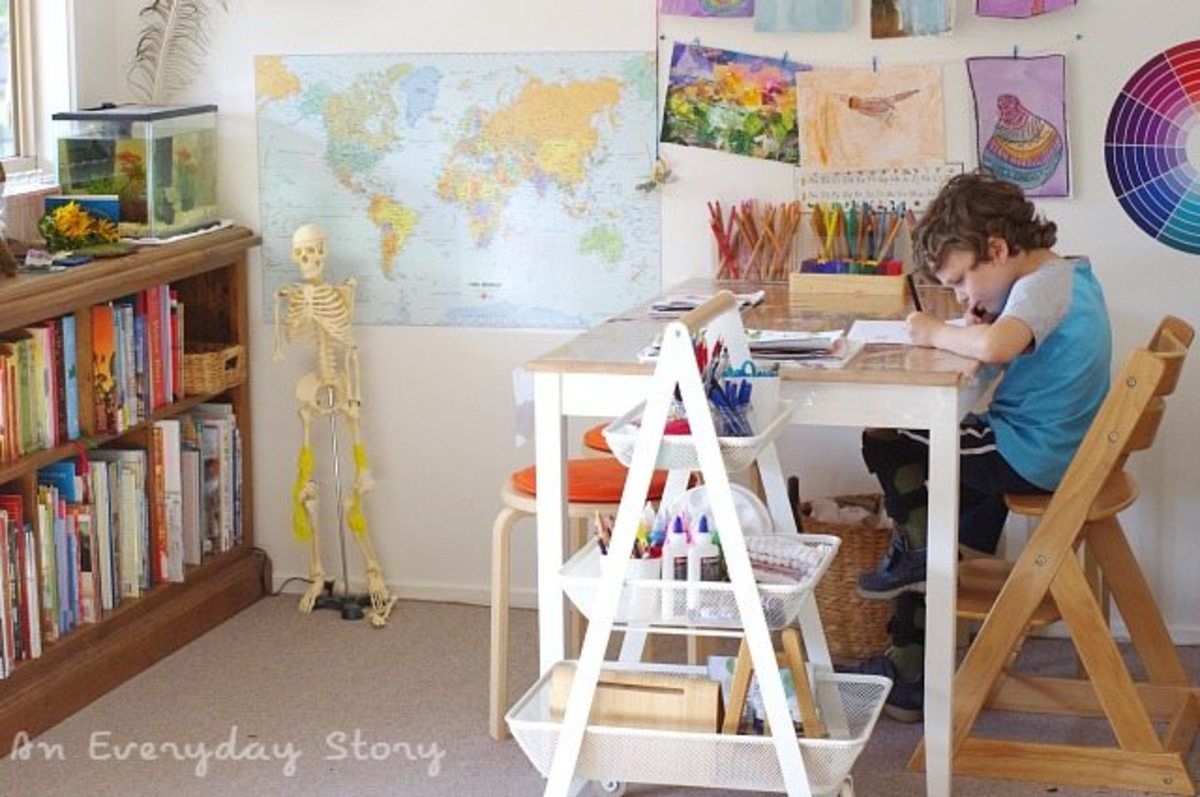Developing a Peace Education Curriculum

In their article, “Tips for developing peace education curriculum: Some lessons from Vietnam,” Tyler and Halafoff (2005) described a national peace education curriculum developed in Vietnam in 2003 when UNESCO in Vietnam approached the International Conflict Resolution Centre at the University of Melbourne for help.
They had difficulty adapting their existing curriculum to their classroom needs and suggested the need for co-development of culturally-specific material through a participatory approach. Out of this need, the program was created.
The purpose for this program was to teach key strategies to children in the effort to create an international peace, beginning with those students in Vietnam first receiving the benefits of peace education.
The program was based on UNESCO’s keys for a culture of peace originally developed by Nobel Peace Prize Laureates.
These keys were 1) Respect all life, 2) Reject violence, 3) Share with others, 4) Listen to understand, 5) Preserve the planet, 6) Tolerance and solidarity, 7) Work for social equality, and 8) Participate in democracy. (2005) In this article, the peace education curriculum had made its way to Australia.
Quick Poll
What interested you in this article?
The Curriculum
The authors make it a point to indicate that the manual created for administering this peace education was the very first curriculum manuals, consisting of a five year plan and over 50 lessons, to educate students in peace education worldwide.
This curriculum was developed with physical games and the use of reflective materials to get kids moving and thinking about peace in each lesson.
The use of these two activities was thought to get kids attention and keep them interested. The authors hope that others will gain from the previous experience with this peace education curriculum and improve upon it for the well-being of the rest of the world.
In this article, Australia had specifically become interested in this program as they were being asked to take responsibility for ensuring safe schools and promoting citizenship among their students. The positive developments of this program in Vietnam had caused them to take an interest in this program for their schools.
"If peace education is to become an accepted part of the school curriculum, it will need to be innovative and engage students in a number of ways. It is hoped that others involved in similar projects can drawn upon this experience" (Tyler & Halafoff, 2005).

The Program
This sounds like the same kind of programs that are being done all over the world already. The article specifically gives examples of the physical activities and reflective material given to the kids.
There does not seem to be anything stimulating within any of them. The physical activities consist of yelling back and forth between groups while sitting still and doing more talking than anything else.
The discussions may be appealing, but only college students could give a deeper viewpoint to the quotes already given.
It does not seem like this program has been well thought out or given to teachers to illicit their viewpoints. There are a variety of other methods that could be used to teach the same concepts, really grasp a child’s attention, and entertain all the while teaching.
An Example
In fact, at the last school where I was employed, we had a "peace education program" where teachers would get a new packet of homework sheets, daily activities, and one big new characteristic on top to post in the classroom.
With this program, teacher would introduce a new characteristic at the beginning of the week and read a story with questions afterward to give students an example of the characteristic in action, stimulate their thoughts about the possibilities, and then challenge them to answer questions about how they would handle different situations.
Every night, they would have a different related homework assignment to get them thinking and using the new characteristic of the week. Then every day, the teacher had a new activity to do with her students at the beginning of each class period.
It was encouraged for teachers to relate this weekly characteristic into all subjects and activities throughout the day and all through each week to familiarize their students with it.
We would even review previous characteristics with them on a frequent basis. If anything, this was intended to help students understand things like acceptance, forgiveness, courage, determination, perseverance, generosity, honesty, etc. to help build them into well-rounded individuals capable of peace, caring, and kindness.
Although the activities rarely involved physical movement, the kids really enjoyed the stories, questions, activities, and reflection. They would ask for the activities if they weren't done on schedule every day.
It is interesting to see the efforts of other countries to teach and international peace and conflict resolution, but another method will have to be used if it is to be adopted by the world.
References
Tyler, M. C., and Halafoff, A. (2005). Tips for developing peace education curriculum: Some lessons from Vietnam. Primary and Middle Years Educator, (3)3, 17-19. Retrieved June 5, 2010, from the EBSCO host database: http://web.ebscohost.com.ezproxy.liberty.edu:2048/ehost/detail?vid=7&bk=1&hid=108&sid=c570ea36-dfc5-49f2-9252-47065327cc89%40sessionmgr104&bdata=JnNpdGU9ZWhvc3QtbGl2ZSZzY29wZT1zaXRl#db=ehh&AN=18868049.
Quick Poll
What did you think of this article? Was it helpful to you?
© 2013 Victoria Van Ness








